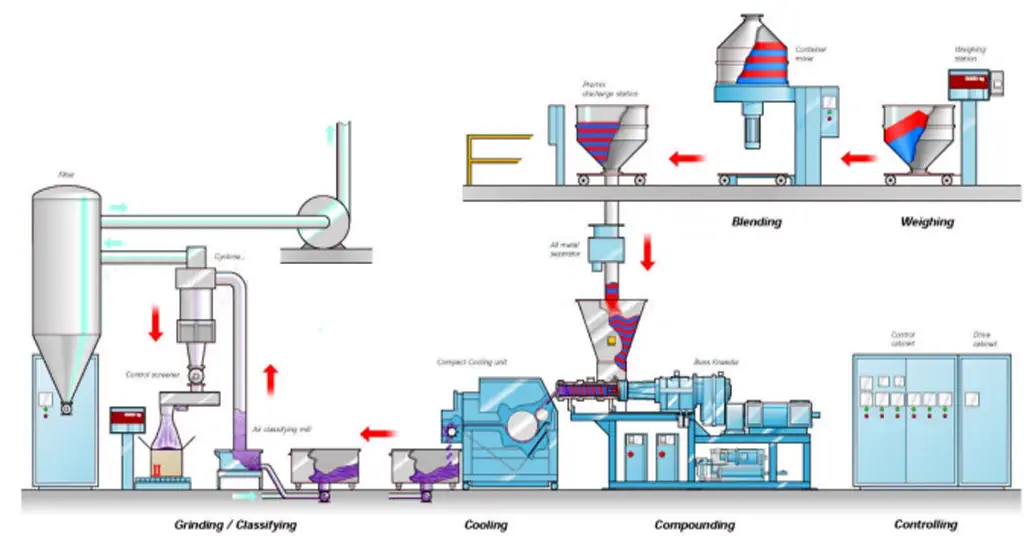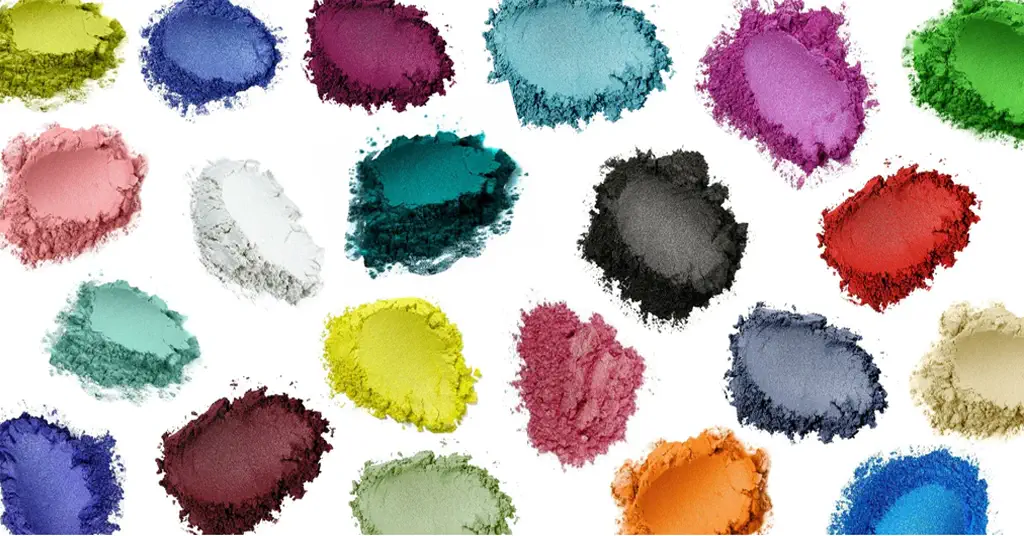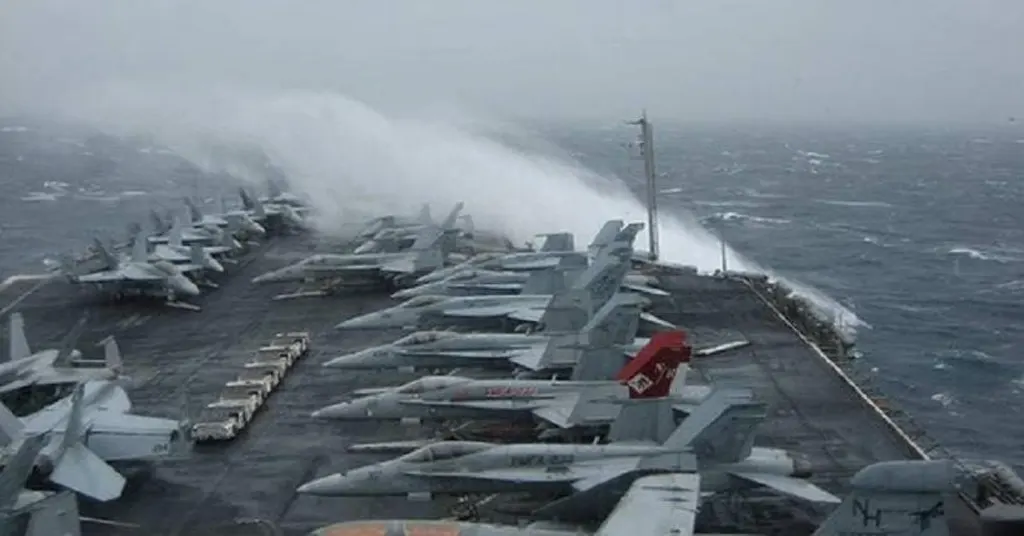What is the manufacturing process of powder coating?
Powder coating is a surface coating and protection material widely used in many industries and fields. Powder coatings provide excellent durability and decorative effects and are suitable for metal, furniture, auto parts, agricultural machinery, construction, medical, household appliances and many other fields. This article will delve into the powder coating manufacturing process, from raw material preparation to final screening and packaging, so that you can clearly understand all the powder coating manufacturing details.

1. Preparation of raw materials for powder coating
The first step in powder coating manufacturing is raw material preparation, which is the basis of the entire powder coating manufacturing process. The preparation process of raw materials includes the following detailed steps.
a. Select appropriate basic resin raw materials
First, the appropriate base resin must be selected according to the requirements of the coating. Commonly used basic resins include epoxy resin, polyester resin, polyimide resin, etc. Different resins have different properties, such as chemical resistance, heat resistance, and UV resistance. Choosing the right resin is critical to the final performance of the coating.
b. Pigment selection and ratio
Select the appropriate pigment based on the color and appearance requirements of the coating. Pigments not only give a coating its color but can also affect its coverage and durability. Pigments are usually supplied in powder form, proportioned according to the desired color. This step requires precise measuring and mixing to ensure color consistency.
c. Add additives and fillers
Additives and fillers are used to improve the properties of coatings. Additives can include flow agents, antioxidants, anti-UV agents, etc., to improve the fluidity, weather resistance and anti-aging properties of the coating. Fillers are often used to increase the thickness and hardness of coatings, especially for some industrial applications. The types and proportions of additives and fillers added will vary depending on the desired coating properties.
d. Adjust the formula and proportion of powder coating
Adjusting the raw material formula and proportion of powder coatings is a key step in manufacturing powder coatings. Only accurate calculations can ensure that the raw materials in the powder coating maintain the correct ratio, so as to maintain the uniformity and stability of the powder coating properties during the subsequent manufacturing process.
2. Mixing and pretreatment of powder coatings
All raw materials for powder coatings will enter the pre-mixing stage after being accurately calculated and weighed. In this process, we usually use a high-speed mixer or mixer to mix raw materials to ensure that various powder coatings are evenly mixed together in a short time. In this process, the operating speed and mixing time of the mixing equipment need to be strictly controlled to ensure that the raw materials can be fully mixed without problems such as particles or uneven separation.
After the mixing of the powder coating is complete, the mixture needs to go through a pre-treatment step. The process involves placing the powder coating mixture through a screen to remove any particles or clumps that have not been mixed evenly. Pretreatment ensures consistent particle size and homogeneity of the powder coating raw material mixture and is critical for the subsequent powdering and coating process.
3. Melting and extrusion of powder coating
After the powder coating is fully mixed in the premixer and unqualified particles and agglomerates are screened out, the premix of these powder coatings will be put into the melting machine. The melting machine can strictly control the melting temperature within a precise range according to the raw material characteristics of the powder coating. This temperature is such that the raw polymer is just liquefied before being transferred to the extruder. Temperature control of the melting machine is very critical. Too high a temperature will cause the melt viscosity of the powder coating to decrease, which will lead to low shear force and poor color dispersion, making it impossible to produce powder coatings with the required properties.
After the melted powder coating enters the extruder, it will be extruded into gel-like flakes. After passing through the cooling roller, the gel-like flakes will form flakes of about 1mm for subsequent crushing process. Note that during this process, the feed rate on the balance hopper and the speed of the extruder screw need to be adjusted to keep the screw fully loaded.
4. Crushing and screening of colloidal flakes
The molten colloid of the powder coating turns into flakes after passing through the cooling roller. At this time, we will use a pin disc mill or hammer mill to crush these flakes. After starting the crusher, we will set the appropriate crushing time and speed for the crusher based on the final performance requirements of the powder coating. The crushing equipment crushes the cooled colloidal flakes into corresponding particle sizes through rotation, friction and pressure.
There is a particle size analyzer in the crusher to regularly monitor the particle size during the crushing process to ensure that the particle size of the powder can meet the required specifications. Powder coating chips that partially pass through the grinder but do not meet the particle size requirements need to be screened out using a powder screening machine. Usually we use a vibrating screen as the core of the powder particle classification system to ensure that the particle size of the finished powder coating remains within a consistent range.
Note: When performing crushing operations, operators need to wear earplugs, gloves, safety glasses and other equipment to avoid personal safety during equipment operation. In addition, the operating time, operating speed and temperature control of the crusher must be strictly controlled. Avoid generating too much heat during the crushing process which can cause the resin to melt or the pigment to fade.
5. Packaging and storage of powder coatings
The powder coatings that have been screened are now ready for sale and use. In order to ensure that the quality and performance of powder coatings are not affected for a long time, we also need to package and store powder coatings. Normally, we will choose packaging materials with better sealing and chemical resistance, such as polyester bags, composite materials or metal drums. In most cases, plastic-packaged powder coating products are packaged in cartons to save costs.
The fully automatic powder weighing machine fills powder coatings into plastic bags for sealing according to customer needs. The outer carton packaging will indicate the specific name, production batch, production date, net weight and other relevant information of the batch of powder coatings. The entire batch of powder coatings will be housed in a cool and dry warehouse to avoid the influence of external environments such as ultraviolet rays, direct sunlight, and high temperatures. In addition, we will deploy professional warehouse management personnel to regularly inspect the stored powder coatings to ensure that the packaging containers are intact and free of breakage and leakage.
The above is the entire content of the powder coating production process. From the mixing and pretreatment of raw materials, the melting and extrusion of raw materials, the crushing and grinding of powder coating cooling colloids to the packaging and storage of finished powder coatings, each link has corresponding attention. Matters and operating specifications. These strict powder coating production process controls ensure that Ucoat can provide high-quality powder coatings to customers around the world.

Erik
Doctor of Chemical Engineering, expert in the field of powder coatings, with over 20 years of professional experience in the research and application of powder coatings
Have Anything To Ask Us?




